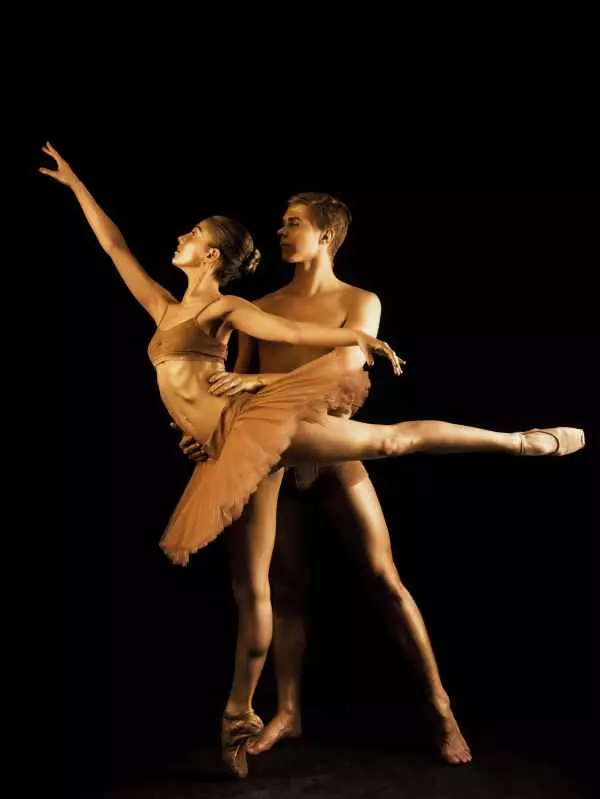Sexuality and art: A reflection in culture
Sexuality and art: A reflection in culture
Contemporary art has always been inextricably linked to sexuality. The subject, fraught with controversy and emotion, reflects not only the individual experiences of artists, but also broader social and cultural contexts. As social norms and values change, the way sexuality is depicted in art evolves, leading to new artistic trends that often provoke heated debates.
History of sexuality in art
For centuries, sexuality has been one of the key themes in art. As early as antiquity, in Greek and Roman mythology, gods and deities were depicted in situations with erotic overtones. In the Renaissance, artists such as Leonardo da Vinci and Michelangelo created works that showed the human body at its most beautiful and yet very intimate. This approach was in keeping with the search for beauty and perfection at the time.

However, it was not until the 19th century, with the development of Realism and Impressionism, that art began to explore sexuality more directly. Artists such as Edouard Manet introduced controversial themes into their works that challenged traditional norms. In the 20th century, however, movements such as Surrealism and Futurism further intensified these explorations, portraying sexuality as an integral part of the human psyche.
Eroticism and the limits of art
Contemporary art is clearly breaking with the conservatisms of the past. Eroticism has become one of the dominant themes, and artists are exploring it through a variety of mediums, from painting to photography to installations. Artists such as Nan Goldin and Tracey Emin are pushing boundaries, revealing intimate aspects of their lives and their desires. Their work often confronts viewers with their own prejudices and patriarchal culture.
However, such exposure of the erotic in art raises the question of boundaries. Where does art end and pornography begin? This question is the subject of much discussion and criticism in the art community. At the same time, however, this phenomenon demonstrates the power of art as a tool to challenge social norms and break taboos.
Sexuality in some art forms
Literature
Literature has always been a space for the exploration of sexuality. Novels, short stories and poems, from classic works to contemporary prose, have repeatedly dealt with the themes of love, desire and human relationships. Authors such as James Joyce and Henry Miller boldly tamed erotic themes, introducing them into the literary canon, which has often been a source of controversy.
Music
Music is another art form in which sexuality plays a key role. From rock and roll to hip-hop, romantic and erotic themes are common among artists. Songs like Marvin Gaye 's "Let's Get It On" and Miley Cyrus ' "Wrecking Ball" are prime examples. They express emotions, often unafraid to show intimate desires or lust.
Film
In cinematography, the topic of sexuality is sometimes presented in both subtle and direct ways. Films such as Michael Winterbottom 's "9 Songs" and Adele Exarchopoulos ' "Blue is the Warmest Colour" take on bold themes of love relationships, engaging the viewer in an emotional and often controversial way. Through the use of visual means of expression, the filmmakers are able to convey the unspoken in a way that engages all the senses.
Influence of mass culture
Mass culture has had a huge impact on how sexuality is perceived in art. Social media, advertising and pop culture create standards that have consequences for artists and their work. Artists are often faced with a choice: follow these trends or try to counter them. Rihanna, Lady Gaga or Billie Eilish are using their popularity to change the discourse on sexuality by presenting a diversity of experiences and gender identifications.
The future of sexuality in art
As society evolves, so does art. In the coming years, we can expect even more diversity in the representation of sexuality. Artists will seek new forms of expression, engaging technologies such as virtual reality and artificial intelligence to explore the subject in even more innovative ways. At the same time, the challenge of controversy and social constraints will still remain.
Summary
Sexuality in art is a complex and multi-layered issue that reflects changing norms and values across cultures and eras. Over the centuries, the subject has not only inspired artists, but also challenged viewers, forcing them to reflect on their own prejudices and beliefs. As art continues to evolve, we can be sure that sexuality will remain one of the most important topics that will continue to provoke and inspire artists and audiences alike.

Add comment